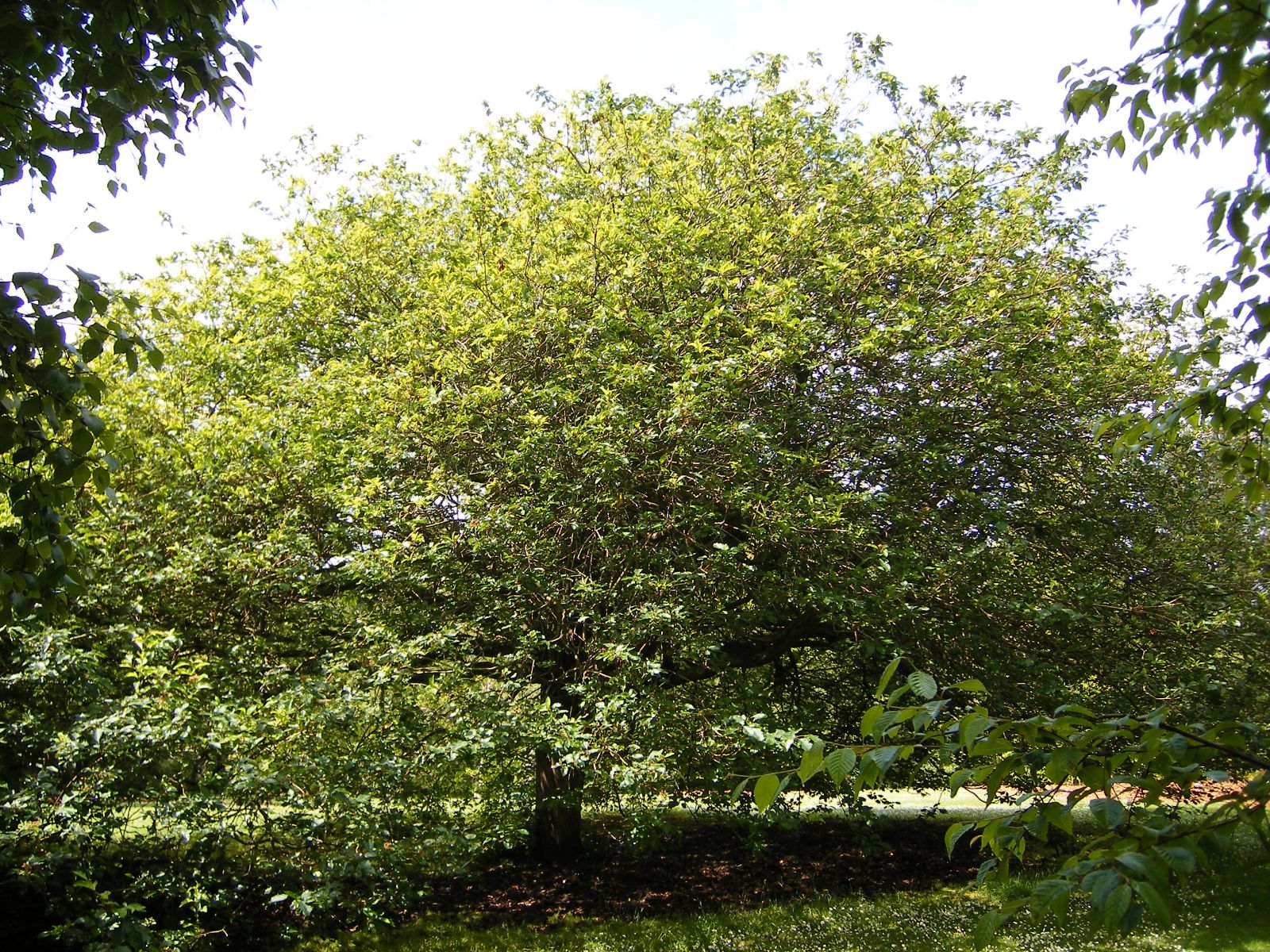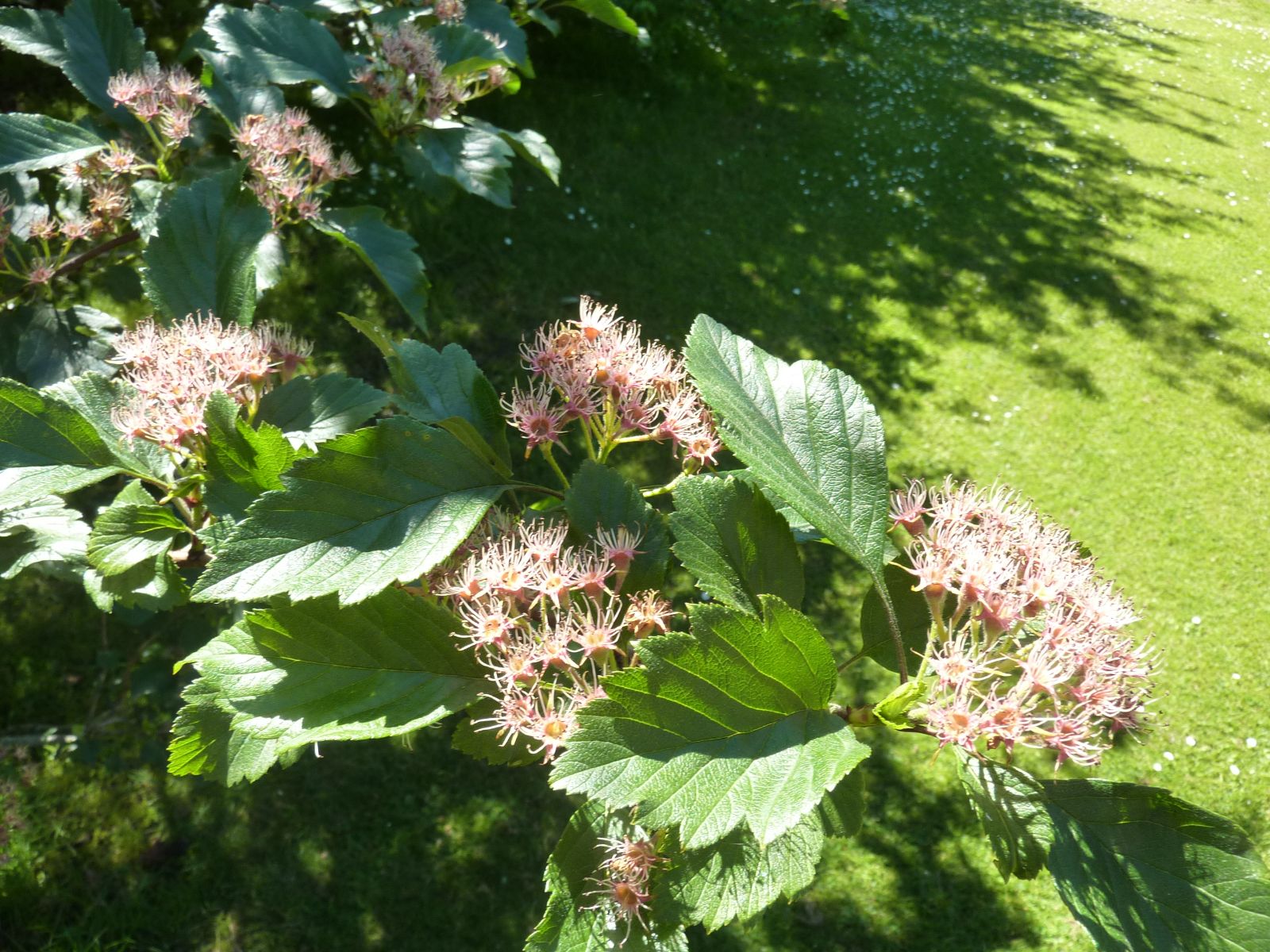Crataegus jozana
Sponsor
Kindly sponsored by
This genus has been sponsored and new text is being prepared.
Credits
Article from New Trees by John Grimshaw & Ross Bayton
Recommended citation
'Crataegus jozana' from the website Trees and Shrubs Online (treesandshrubsonline.
Genus
Other taxa in genus
- Crataegus ambigua
- Crataegus apiifolia
- Crataegus aprica
- Crataegus azarolus
- Crataegus baroussana
- Crataegus brachyacantha
- Crataegus chlorosarca
- Crataegus chrysocarpa
- Crataegus chungtienensis
- Crataegus coccinioides
- Crataegus crus-galli
- Crataegus cuneata
- Crataegus × dippeliana
- Crataegus douglasii
- Crataegus dsungarica
- Crataegus durobrivensis
- Crataegus flabellata
- Crataegus flava
- Crataegus henryi
- Crataegus heterophylla
- Crataegus intricata
- Crataegus laevigata
- Crataegus × lavallei
- Crataegus macracantha
- Crataegus marshallii
- Crataegus mexicana
- Crataegus meyeri
- Crataegus mollis
- Crataegus monogyna
- Crataegus nigra
- Crataegus oliveriana
- Crataegus orientalis
- Crataegus oxyacantha
- Crataegus pedicellata
- Crataegus pentagyna
- Crataegus phaenopyrum
- Crataegus pinnatifida
- Crataegus pruinosa
- Crataegus prunifolia
- Crataegus pseudoheterophylla
- Crataegus punctata
- Crataegus sanguinea
- Crataegus spathulata
- Crataegus stipulacea
- Crataegus succulenta
- Crataegus tanacetifolia
- Crataegus tomentosa
- Crataegus uniflora
- Crataegus viridis
- Crataegus wattiana
- Crataegus wilsonii
Small tree to about 8 m, dbh ~0.2 m. Branchlets stout, dark purplish brown and tomentose-pubescent; thorns straight, 0.7–1.5 cm long. Buds 0.6–0.9 cm long, bud scales shiny, chestnut-coloured. Leaves deciduous, 6–12 × 3.5–10 cm, roughly ovate-elliptical, upper surface pubescent, lower surface tomentose, four to nine secondary veins on each side of the midrib, margin with four to seven (to nine) triangular lobes on each side of the midrib, lobe margins serrate, apex acute; petiole 1.3–5.5 cm long, pubescent; stipules conspicuous, 1.7–2.3 cm long, ovate to lanceolate with serrate margins. Inflorescence corymbose, tomentose, ~6 cm diameter with numerous flowers. Flowers white, ~1.5 cm diameter; sepals white-tomentose, triangular and slightly glandular, petals circular, stamens 20 with pale pink anthers. Fruit ~1 cm diameter, globose, black with conspicuous reflexed sepals at the crown, seeds five. Flowering June, fruiting October (Japan). Miyabe & Kudo 1986. Distribution JAPAN: Hokkaido; RUSSIAN FEDERATION: Sakhalin. Habitat Deciduous, broadleaved forest, between 0 and 300 m asl. USDA Hardiness Zone 3–4. Conservation status Not evaluated. Illustration Miyabe & Kudo 1986. Taxonomic note Crataegus jozana is closely related to C. chlorosarca but differs in being glabrous (Phipps et al. 2003).
Crataegus jozana is scarce in cultivation outside Japan, but grows in a handful of collections ranging from the Dominion Arboretum, Ottawa, Canada, to the Royal Botanic Garden Edinburgh and Rogów Arboretum in Poland, giving the impression that it must be very hardy. Unfortunately no specimens have been observed for the current work but it can be expected to have similar qualities to C. chlorosarca, and with its large leaves and black fruit, could be rather attractive.


